








MIDWEEK UPDATE 5 OCTOBER 2016THIS WEEK IN MIDWEEK UPDATE AvClicks Photo Competition……Plan Your Weekend……..Forthcoming Events Aviation News………. Worldwide Incidents and Accidents This Week in Aviation History………Advertising Rate Card  Pilot's Post is proud to launch its "AVclick 2016" aviation related photo competition. By entering your favourite photos, you will not only share your aviation photography passion with thousands of others, you will also stand a chance to win exciting prizes this year. Our prizes for this competition were carefully chosen to suit everyone's aviation interest and that is why we are offering the winner a choice between three different options. For more information go to: www.pilotspost.com/arn0000956 To vote for your favourite photo click on "Vote for"   Vote for 23-1…………………………Vote for 23-2   Vote for 23-3…………………………Vote for 23-4 Go to http://www.pilotspost.com/arn0001074 to vote for the September finalist     15: Tumahole Aviation Awareness Expo Parys airfield. Contact Ishmael Mokoena Cell: 073 598 0220 E-mail: 777ishman@gmail.com 22: Experimental Aircraft Association (EAA) AGM EAA Auditorium Rand Airport. Contact Paul Lastrucci Cell: 082 822 7018 22-23: SAC KZN regionals Ladysmith. Contact Annie Boon e-mail: chunge@mweb.co.za 23 - 24: Karoo Gariep Fly-in. Contact PC Ferreira Cell: 082 567 9211 website: www.karoogariep.co.za 29: SAPFA Grand Central fun rally & open precisions. Contact Rob Jonkers e-mail: rob@aerosud.co.za Cell: 082 804 7032 2: EAA Chapter 322 monthly meeting, Dickie Fritz Moth Hall Edenvale. Contact editor@afskies.co.za 5: Aero Club of South Africa Annual Awards at AFB Zwartkop. Contact AeCSA-Office: office@aeroclub.org.za Tel: 011 082 1100 5: SAAF Museum flying training and open days. webmaster@saafmuseum.org 11-13: Bosveld Fly in. Potgietersrus Airfield. All welcome. Camping available. Contact Nico 082 582 5961, Martin 082 578 4657 or Willie 072 523 2423. 12: EAA Perter Hengst memorial breakfast fly in Brits airfield. Contact Karl Jensen e-mail: rsvp@eaa.org.za or karlpix@icon.co.za 19-20: SAPFA Peter Hengst Memorial fun rally Brits airfield. Contact Jonty Esser 076 302 0451 e-mail: jonty@aircraftoc.co.za 18-20: Mafeking fly in and hangar dance. Contact Connie Conradie e-mail: info@mmafikeng-flyingclub.co.za  Photos © Red Bull 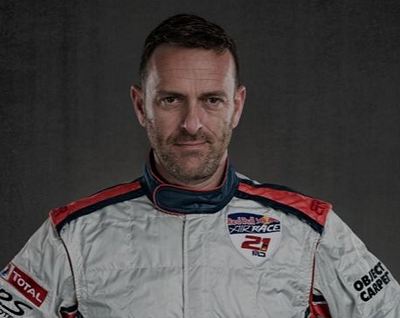 The German pilot has been consistent all season and when the pressure came on in the Final 4 here in the IMS he didn't crack under the pressure. Dolderer had to fly fast in the Final 4 as he was up against Nigel Lamb, Matt Hall and Pete McLeod. McLeod was first out in the final round and posted an impressive time of 1:05.398 for the others to beat. Lamb was second in the track and was more than a second quicker than McLeod putting the pressure on Hall and Dolderer.  When it came to Hall's run he put himself out of the race almost instantly when he hit a pylon at Gate 2, collecting three seconds worth of penalties. 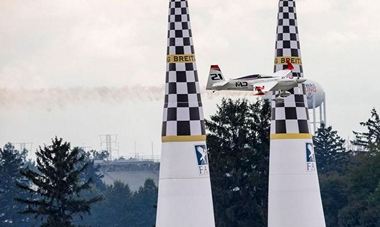 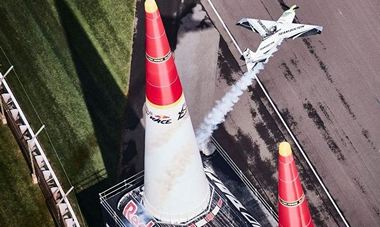 For Matthias Dolderer to win the World Championship all he had to do was fly cleanly, but in his usual style Dolderer went all-out for the win and took it with a time of 1:03.335. From his cockpit Dolderer said: "It's super emotional. And I want to thank my family, my friends and the best team in the world!" 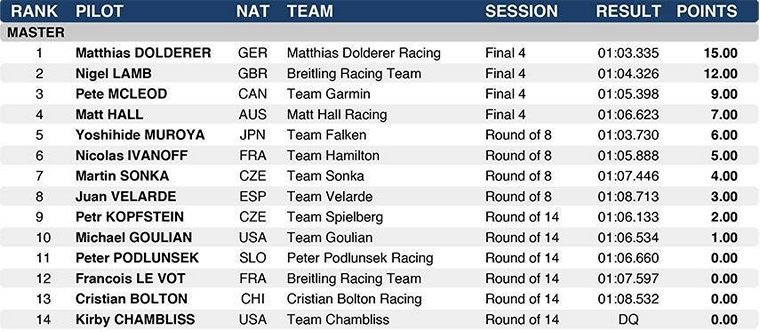 BELL HELICOPTER TO DEBUT BELL 525 RELENTLESS AT MONACO YACHT SHOW  Photo © Bell Helicopters Bell Helicopter, a Textron Inc. (NYSE: TXT) company, will debuted its much anticipated Bell 525 Relentless at the 26th annual Monaco Yacht Show (MYS), As the only helicopter company on the ground at the show, Bell Helicopter will also displayed the Bell 429 and the Bell 407GX, both part of the company's VIP modern luxury product line. Show attendees experienced the full-scale mockup of the Bell 525 with VIP cabin interior prominently positioned at the Parvis Piscine entrance. The most spacious commercial helicopter developed by Bell Helicopter, the Bell 525 brings forth an entirely new level of innovation and state-of-the-art design. Sleek modern exteriors meet meticulously crafted, bespoke interiors, resulting in an unforgettable in-flight experience. Fly-by-wire technology is engineered to provide highly advanced safety and operating capabilities, while targeted unparalleled range and unprecedented speed will offer Bell 525 operators the new standard in efficiency and functionality. "For the past 80 years, we have been proud to be recognized by our peers for continuously setting the pace for the industry, and working relentlessly to develop and expand the scope of vertical lift aviation. The Bell 525 showcases our deep passion and drive to deliver something the world did not think possible until now," said Patrick Moulay, executive vice president of Global Sales and Marketing for Bell Helicopter. "The MYS is the perfect venue to highlight our VIP line and showcase the unique functionality our aircraft plays in the yachting business."  Photo © XTI Aircraft Company Aircraft Company (XTI) announced that it has entered into a preliminary agreement with the Aerospace division of Honeywell International under which Honeywell will supply its HTS900 engine for use in XTI's first prototype, a two-thirds piloted subscale of the TriFan 600 vertical takeoff airplane. Honeywell will also provide an additional engine for use in XTI's Ground Propulsion Test System. This follows the earlier announcement by XTI that it will build, test and fly the subscale as its first prototype or technology demonstrator within two years from now. According to XTI's Chief Engineer, Dr. Dennis Olcott, "XTI selected Honeywell because the HTS900 turboshaft is the newest addition to Honeywell's family of engines incorporating a next-generation dual-centrifugal compressor architecture. Honeywell has been powering business aviation for more than four decades, and its engines provide exceptional efficiency, reliability and performance."  The TriFan 600 is a six-seat aircraft that will have the speed, range and comfort of a business jet and the ability to take off and land vertically, like a helicopter. Using three ducted fans, the TriFan 600 lifts off vertically and its two wing fans rotate forward for a seamless transition to cruise speed, at 400 miles an hour and a range of up to 1,600 miles. XTI will build an operational propulsion jet stand that will house the Honeywell engine, drive train system, fans and flight controls. Once these important milestones are reached, XTI will complete development of the two-thirds piloted flying prototype. 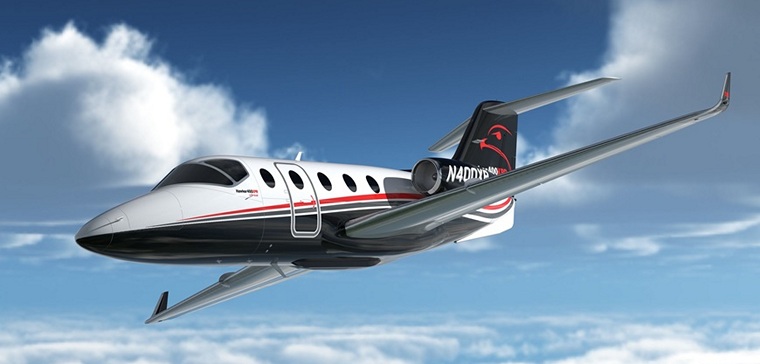 Photo © Beechcraft Textron Aviation Beechcraft Corporation, a subsidiary of Textron Aviation, Inc., a Textron Inc. (NYSE:TXT) company, announced today that it has received Federal Aviation Administration (FAA) certification on all 400XPR program elements. All components of the exclusive factory-approved, engineered and supported upgrade package are available for installation on Beechjet 400A/Hawker 400XP aircraft at Textron Aviation service centers worldwide. The first full Hawker 400XPR factory-completed aircraft is currently in work and expected to deliver later this year. "We offer the best - and the only factory-approved - upgrade solution for Beechjet 400A/Hawker 400XP owners, significantly improving their aircraft's performance, operating cost and resale value," said Brad Thress, senior vice president, Customer Service. "Our customers have been extremely impressed with the aircraft's outstanding performance and we are eager to provide our 400A/400XP owners and operators with the confidence that comes only from an upgrade engineered and supported by the original manufacturer." The 400XPR program is fully customizable, can be performed in stages or in unison and can be completed in as little as 12 weeks. The full Hawker 400XPR package includes Genuine Hawker Winglets and new Williams International FJ44-4A-32 engines, a combination that offers a 33 percent increase in range along with improvements in runway and hot/high performance. The Hawker 400XPR has a range of 1,970 nautical miles with four passengers departing a 5,000-foot elevation airport at 30°C. The Williams International FJ44-4A-32 engines enable the Hawker 400XPR to climb directly to FL450 in only 19 minutes at max take-off weight. In addition to winglets and new engines, the 400XPR offers customers the option of retaining their aircraft's existing Rockwell Collins Pro Line 4 avionics or upgrading with Rockwell Collins Pro Line 21 avionics. Customers can also choose between multiple exterior repaint and interior refurbishment options, along with a customized, factory certified re-conditioning that includes Textron Aviation's industry leading ProParts coverage and a five year Williams International engine warranty.  Photo © Leonardo Finmeccanica MALE RPAS will be a new generation remotely piloted air system for armed Intelligence, Surveillance, Target Acquisition and Reconnaissance (ISTAR) missions. Air traffic integration and certification for European densely populated environment are part of the key distinctive objectives of the programme. The two-year definition study starts from September 2016. It will be jointly executed by Airbus Defence and Space, Dassault Aviation and Leonardo-Finmeccanica Aircraft Division with an equal work allocation. The three companies are co- contractors to perform the definition study. Operational requirements of the nations will be defined in close cooperation with the Armed Forces. Following the study, the start of the development phase is planned for 2018, with a prototype first flight in early 2023 and a first delivery of the system in the 2025 timeframe. 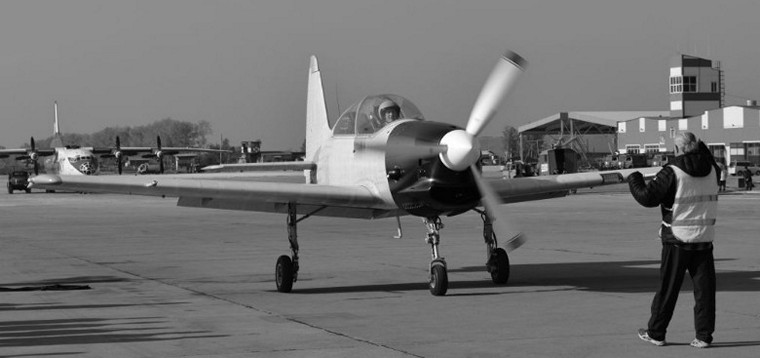 Photo © Irkut Corporation The maiden flight of the Yak-152 initial training aircraft took place at the airfield of Irkutsk Aviation Plant, the affiliate of Irkut Corporation on September 29, 2016. The Yak-152 aircraft has been developed by Yakovlev Design Bureau, the affiliate of Irkut Corporation. This new aircraft provides initial pilot training by day and night. Yak-152 is designated for training pilots in flying techniques, basics of navigation, simple, complex, and aerobatic pilotage, as well as group piloting. The Yak-152 will allow mastering of instrumental flying along the route and landing approach with the use of airfield landing systems, as well as pilot's performance in emergencies. Yak-152 aircraft will provide professional selection and training of young pilots in military and civil training centres, and aerobatic pilots in flight clubs. Serial production of this new training aircraft is unfolding at Irkutsk Aviation Plant. Development and production preparation of Yak-152 are based on up-to-date Russian design solutions in small aviation. GEELY TO BE LEAD PARTNER FOR THE BLOODHOUND PROJECT  Photo © Bloodhound The deal, signed in August, is the largest in the history of the Project and means plans for challenging the World Land Speed Record in 2017 are now back on track. Project BLOODHOUND is a British initiative with truly global reach. Followed in over 200 countries, its roadshows have toured Europe, Canada, South Africa, Brazil, India and China. The Model Rocket Car Challenge is now rolling out across 5,500 UK schools and 10 countries while the UK's Great Campaign, an official partner to the Project, uses BLOODHOUND to promote UK skills worldwide. ZGH is the largest privately owned Chinese Auto Group and has grown rapidly over the last few decades. The parent company to Geely Auto, ZGH, also owns Volvo Car Group and London Taxi Company. Geely Auto has four international research and design centres, employs close to 10,000 engineers worldwide and has also established universities, further education colleges and technology schools across China. Geely joins a distinguished roster of international organisations supporting the Engineering Adventure including Rolls-Royce, Castrol, Rolex, Parker Hannifin, Atlas Copco, STP, Lockheed Martin, Nammo, Thyssen Krupp and Otto Fuchs. Jaguar continues in its role as technical partner to the Project and its V8 engine will remain the Auxiliary Power Unit used to power the oxidiser pump for the BLOODHOUND's hybrid rocket. The partnership will see Geely Auto technology being used within BLOODHOUND SSC; Geely Group vehicles being used in South Africa throughout record campaigns; design and engineering support being provided, where required, to help the Project achieve its goals; promotion of BLOODHOUND across Asia and the team's STEM inspiration programme rolled out across China.  USA: A single high-tech F-35A Joint Strike Fighter costs nearly $150 million to buy, and all together should comprise the bulk of the US Air Force's combat power for decades. But one very serious and now recurring problem is the plane's propensity to burst into flames. One F-35A did that on 23 September while starting its engine at Mountain Home Air Force Base in Idaho. The fire occurred nearly eight weeks after the Air Force declared the F-35A ready for combat. While the source of the accident is unknown the jet's Pratt & Whitney F135 turbofan engine has caught on fire before. In June 2014, an F-35A at Eglin Air Force Base in Florida caught on fire during take-off. Switzerland, Tessin: A Swiss Super Puma helicopter crashed in the Alps, killing the two pilots and injuring a flight assistant. The accident happened around midday in the remote Gotthard Pass in the Tessin region near a hospice that stands at an altitude of 2,100 metres (6,900 feet). The incident was the latest in a series of Swiss military crashes. The European Aviation Safety Authority grounded some Super Puma helicopters in June following the discovery of metal fatigue in the gearbox of an H225 model that fatally crashed in Norway in late April. Alaska, Quinhagak: A Hageland Aviation Services Cessna 208 Caravan operating as Ravn Connect from Quinhagak with two crew and one passenger on board impacted mountainous terrain 12 statute miles northwest of its intended destination of Togiak. All three occupants died in the crash.  Robert Esnault-Pelterie made the first airplane flight with a control stick; he used a single, broom handle-like lever 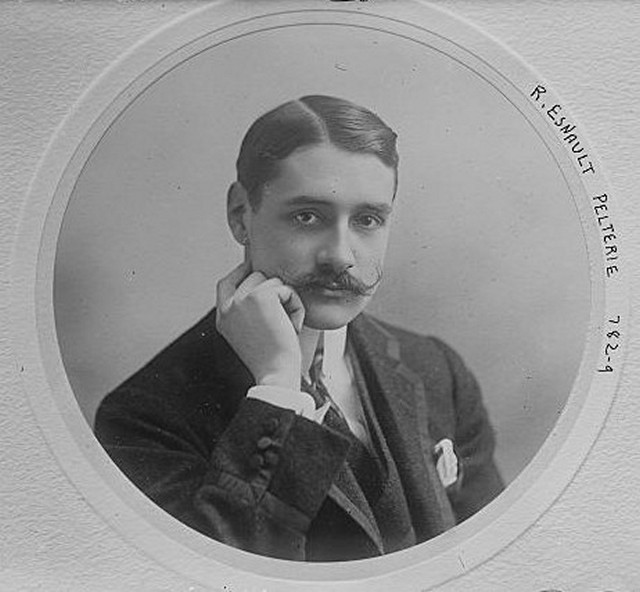 Robert Esnault-Pelterie. Photo Bain News Service / United States Library of Congress Esnault-Pelterie developed an interest in aviation after having seen reports of the Wright brothers' 1902 glider. He soon started experimenting with glider designs based on the Wright's glider and built his own incorporating wing warping as per the Wright's glider. Testing it on beach near Calais he found it difficult to control and abandoned the project in the interest of safety. Blaming the control problems on the Wright's wing warping system he designed what essentially was to become the aileron; a wing with midway placed control surfaces on the leading edge. By 1906 he had completed another glider and was so confident of its abilities that on 19 September 1906 he was towed aloft and flew 500 m (1,600 ft).  1909 Esnault-Pelterie 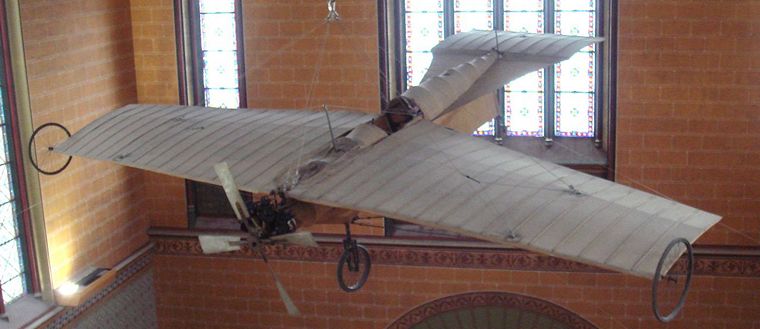 1908 Esnault-Pelterie. Photo PHGCOM / commons.wikimedia.org  For a free no obligations quote email sales@pilotspost.com  |
                     |
 |
 |

Copyright © Pilot's Post PTY Ltd
The information, views and opinions by the authors contributing to Pilot's Post are not necessarily those of the editor or other writers at Pilot's Post.